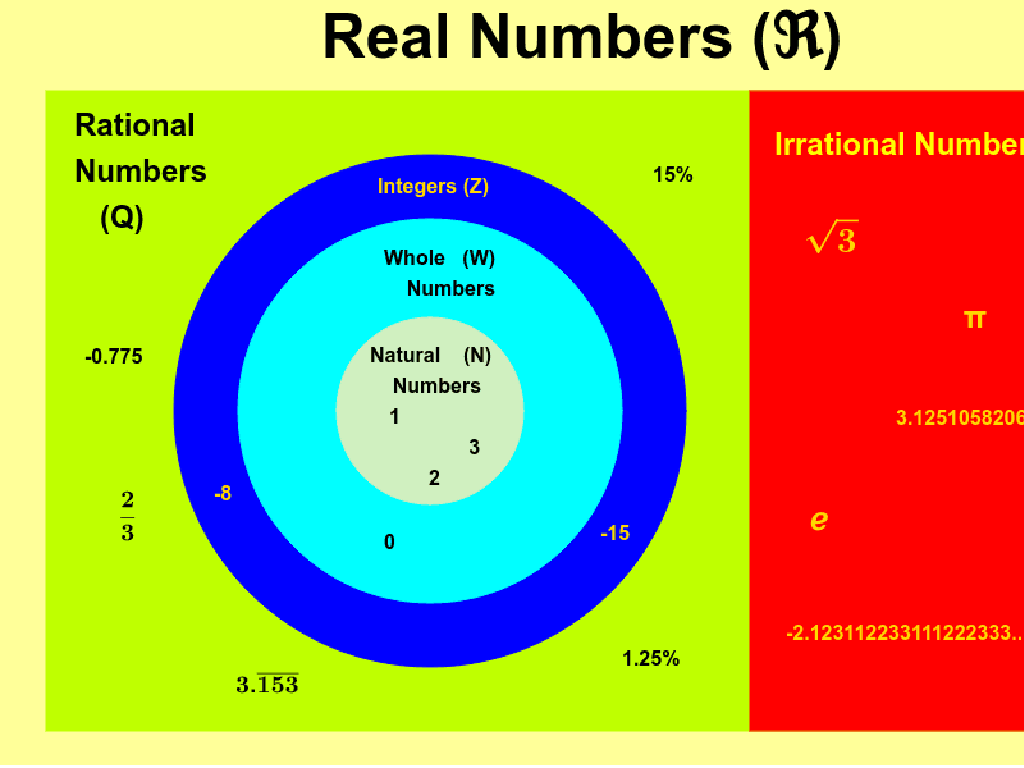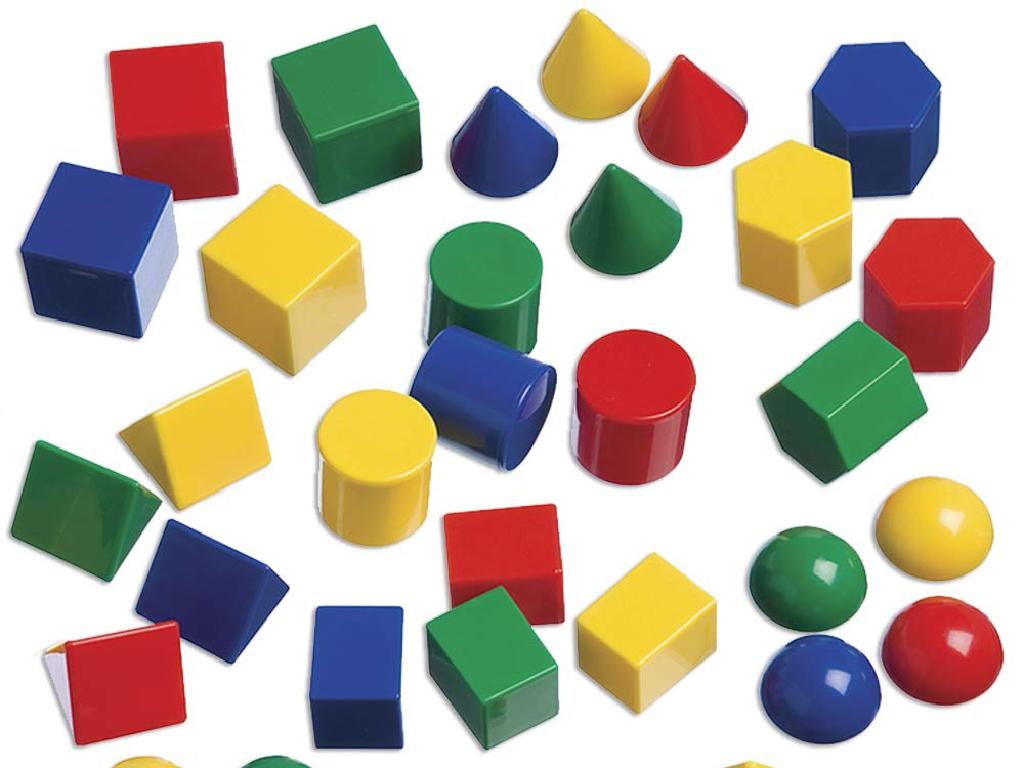Measure Angles On A Circle
Subject: Math
Grade: Fourth grade
Topic: Angle Measurement
Please LOG IN to download the presentation. Access is available to registered users only.
View More Content
Measuring Angles on a Circle
– Explore angles in daily life
– Angles are everywhere: corners of a book, slices of pizza
– Review: What is an angle?
– An angle is formed by two rays with a common endpoint
– Angles on a circle
– A circle has 360 degrees, and we can measure parts of it
– Measuring angles activity
– Use a protractor to measure angles on paper circles
|
This slide introduces the concept of measuring angles within a circle, which is a part of the broader topic of angle measurement. Begin by discussing how angles are present in everyday objects and situations, such as the corners of a room or pieces of a pie, to make the concept relatable to fourth graders. Review the definition of an angle as the space between two intersecting lines or rays. Emphasize that a full circle is 360 degrees and that we can measure parts of a circle using this knowledge. The activity involves using a protractor to measure angles on paper circles, which will help students understand the practical application of the concept. Provide clear instructions on how to use a protractor and encourage students to practice measuring various angles.
Understanding Angles
– Definition of an angle
– An angle is created where two lines meet
– Introducing the vertex
– The vertex is the point of meeting
– Angles measured in degrees
– Degrees tell us the size of an angle
|
Begin the lesson by explaining what an angle is, emphasizing that it’s formed by two lines coming together at a single point. Use visuals to help students identify the vertex, which is the corner or the sharp point of the angle. Explain that angles are measured in degrees, which can be thought of as a way to tell how ‘open’ or ‘closed’ an angle is. Use a protractor as a tool for measuring angles in degrees, and demonstrate how to place it at the vertex to measure the angle’s size. Encourage students to think of examples of angles they see in everyday life, such as corners of a book or the hands of a clock.
Parts of a Circle: Understanding Angles
– Center: The circle’s middle point
– Like the bullseye in a dartboard
– Radius: Line from center to edge
– Like the spoke of a bicycle wheel
– Circumference: Distance around circle
– Like the edge of a spinning coin
|
This slide introduces students to the basic components of a circle, which are foundational for understanding how to measure angles within a circle. The center is the exact middle point, similar to the bullseye on a dartboard. The radius is any straight line from the center to the edge of the circle, akin to the spokes on a bicycle wheel. The circumference is the total distance around the circle, which can be visualized as the edge of a coin when it is spinning. Emphasize these parts with tangible examples to help students visualize and remember. In the next lesson, we will use these parts to learn how to measure angles on a circle.
Types of Angles on a Circle
– Acute Angle: Less than 90°
– An angle smaller than a right angle, like a slice of pizza.
– Right Angle: Exactly 90°
– Like the corners of a square or the hands of a clock at 3 o’clock.
– Obtuse Angle: More than 90°
– Larger than a right angle but not a straight line, like a fan slightly open.
– Straight Angle: 180°
– A straight line, like when you lay down a ruler.
|
This slide introduces students to the basic types of angles they will encounter when measuring angles on a circle. An acute angle is any angle that is less than 90 degrees, which is smaller than the angle made by the hands of a clock at 3 o’clock. A right angle is exactly 90 degrees and is commonly seen in the corners of a square or rectangle. An obtuse angle is larger than a right angle but less than a straight line, often found when a door is ajar. A straight angle is 180 degrees and looks like a straight line. Use everyday objects to help students visualize these angles. Encourage them to find examples of each type of angle in the classroom or at home.
Measuring Angles with a Protractor
– A protractor measures angles in degrees
– Align protractor center with angle vertex
– The vertex is the point where two lines meet
– Baseline of protractor with angle side
– Make sure one side of the angle matches the baseline on the protractor
– Read the scale to find the angle size
– The number where the other side crosses the scale is the angle’s measurement
|
This slide introduces students to the use of a protractor for measuring angles on a circle. Emphasize that a protractor is a tool that helps us find out how wide an angle is in degrees. Show them how to place the protractor so that its center is on the angle’s vertex, which is the point where the two lines of the angle meet. One edge of the angle should be aligned with the baseline of the protractor. Teach them to read the correct scale on the protractor to determine the size of the angle. It’s important to practice with actual protractors in class, so consider having a variety of angles for students to measure. This hands-on experience will help solidify their understanding of angle measurement.
Measuring Angles on a Circle
– Find the circle’s center point
– Position protractor at circle center
– Make sure the protractor’s hole is on the center
– Line up protractor with circle radius
– The baseline of the protractor should match one side of the angle
– Read angle where second radius meets scale
– The number on the protractor where the other side of the angle crosses is your measurement
|
This slide guides students through the process of measuring angles on a circle using a protractor. Start by identifying the center of the circle, which is crucial for accurate measurement. Place the protractor’s center hole exactly at the circle’s center. Align one edge of the angle with the baseline of the protractor, ensuring it passes through the center. The angle measurement is read where the second side of the angle crosses the protractor’s scale. Emphasize the importance of accuracy in each step for a correct angle measurement. Practice with different examples and encourage students to ask questions if they’re unsure about any step.
Let’s Practice Measuring Angles!
– Activity: Measure angles on paper circles
– Each student gets a circle with angles
– Use a protractor to measure angles
– Place the protractor’s center on the angle’s vertex
– Record your angle measurements
– Write down the number where the other side crosses the protractor
|
This slide introduces a hands-on activity for students to practice measuring angles using a protractor. Distribute pre-drawn paper circles with various angles to each student. Demonstrate how to align the protractor correctly with the angle’s vertex at the center and the baseline along one side of the angle. Guide students to read the measurement where the other side of the angle intersects with the protractor scale. Encourage accuracy in measurement and recording. Possible variations of the activity could include having students draw their own angles on the circles, measure angles found in the classroom, or even create a game where students guess the measurement before using the protractor.
Class Activity: Create Your Own Circle Angles
– Draw two radii to form an angle
– Use a protractor to measure the angle
– Place the protractor’s center on the vertex
– Share and measure a classmate’s angle
– Compare your angle with your friend’s
– Discuss the differences in angles
– Talk about why the angles are different or the same
|
This interactive class activity is designed to help students understand how to measure angles on a circle using a protractor. Start by demonstrating how to draw two radii on a paper circle to create an angle. Show students how to correctly place the protractor on the vertex of the angle and read the measurement. Encourage students to share their angles with classmates to practice measuring different angles. This will also provide an opportunity for students to discuss their findings and understand that angles can vary in size. Possible activities for different students could include measuring acute, obtuse, and right angles, comparing angles to determine which is larger, and estimating angle sizes before measuring.
Great Work on Angles!
– Congratulations on learning angle measurement!
– Homework: Find and measure 3 angled objects
– Look for objects like a book, table, or door
– Record your angle measurements
– Use a protractor to find the angle size
– Share your discoveries next class
|
This slide wraps up the lesson on measuring angles on a circle and transitions students to apply their knowledge at home. The homework is designed to reinforce their understanding by finding real-world objects with angles. Encourage students to use a protractor to measure angles accurately and to write down their findings. Remind them to be prepared to discuss what they learned and how they applied the lesson in the next class. This activity will help solidify their skills in angle measurement and give them a practical understanding of geometry in their everyday environment.





